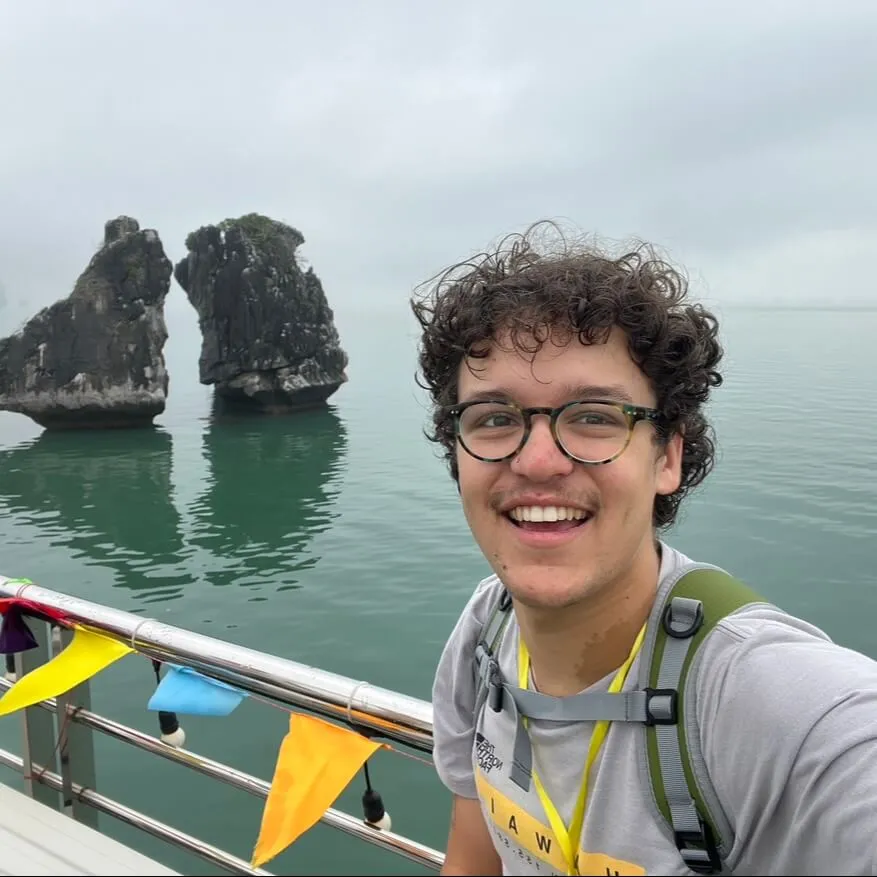By the end of Year 1, students develop their ability to interact with others through listening and speaking. They create short spoken and written texts, recounting stories and experiences and expressing opinions. Students build their reading and comprehension skills, making connections between texts and their personal experiences. They read words with common letter patterns and use punctuation in simple sentences. Writing includes both imaginative and informative texts, with a focus on using topic-specific vocabulary and basic spelling patterns.
Below is an overview of the content that is covered by the Australian curriculum for Year 1 students:
Language:
Year 1 students learn to use language, gestures, and expressions for effective communication, understanding the structure of various text types like narratives and informative texts. They explore the role of rhyme, repetition, and images in creating meaning and learn to use simple sentences to describe people, places, and events.
Literature:
Students engage with literature by discussing characters and settings from diverse stories, including those by First Nations Australian authors, and they retell familiar stories through creative activities. They explore features like plot, character, and setting in different stories, and enjoy working with sound patterns in poems and songs.
Literacy:
Students practice active listening and speaking in discussions, learn to compare different types of texts, and use phonics to read decodable words. Writing tasks include recounts, reports, and short imaginative pieces, where students apply basic punctuation, spelling, and vocabulary. Additionally, they develop phonological awareness by working with sounds, blending words, and recognising high-frequency vocabulary.
%20(1).webp)







.webp)
.webp)
.webp)










.webp)




.webp)



.webp)




















































.webp)
.webp)
.webp)








.webp.crdownload-p-500%20(1).webp)
.webp)
.webp)
.webp)
.webp)

%20(1)%20(1)%20(1).webp)
.webp)





.png)
.png)
-min.webp)
